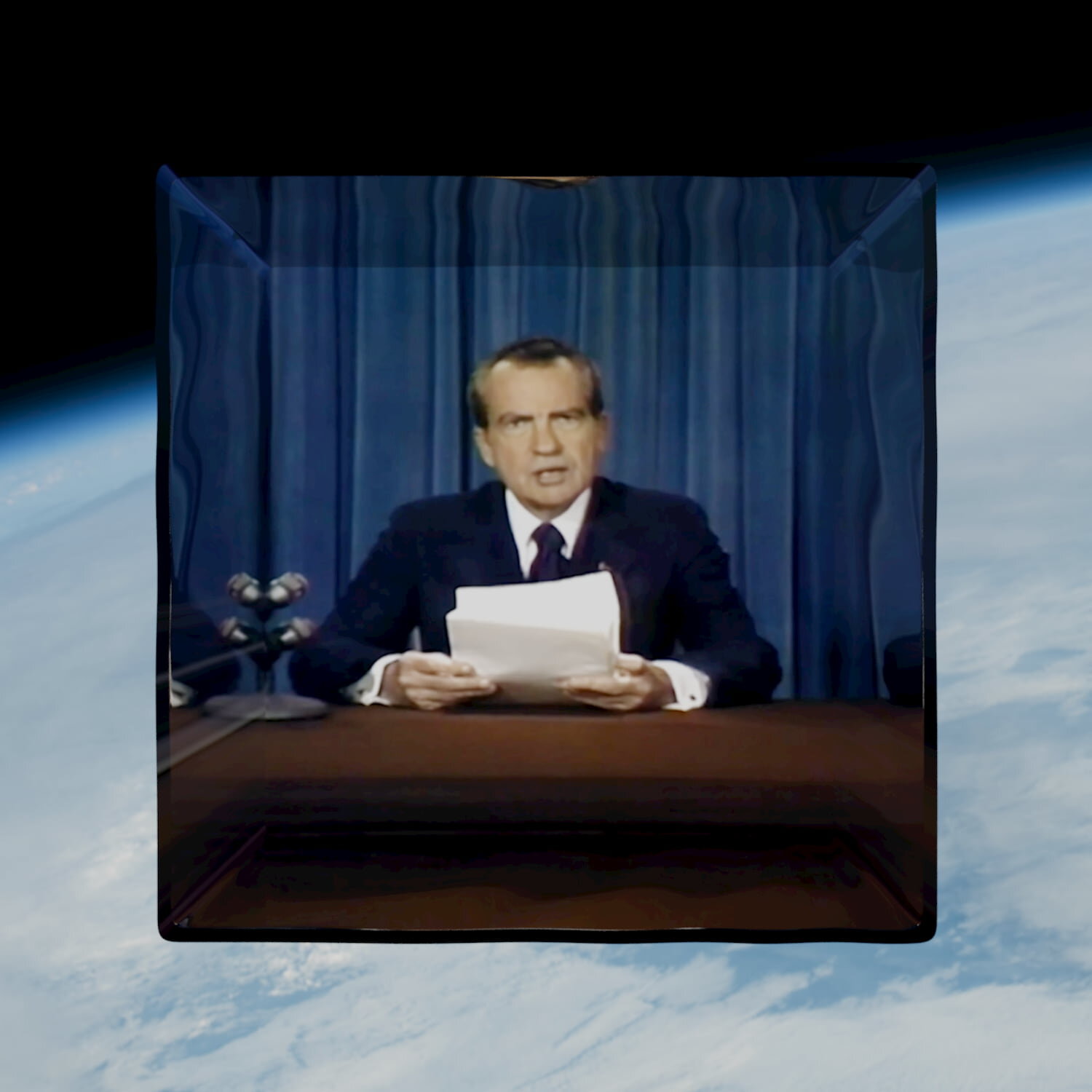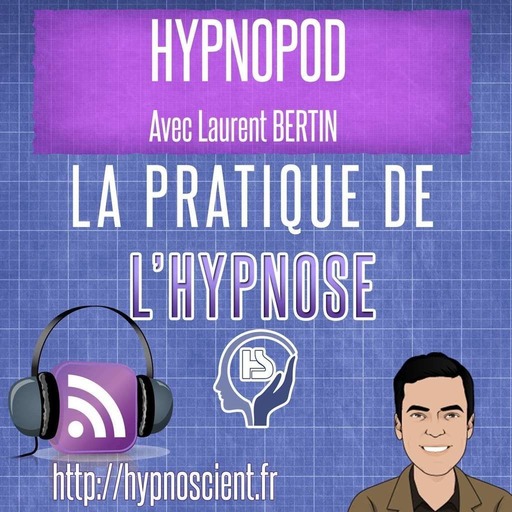There’s a beautifully written speech that was never delivered. Written for President Richard Nixon by Bill Safire, the speech elegizes astronauts Buzz Aldrin and Neil Armstrong of Apollo 11, who’d become stuck on the moon, and were left to die there. In reality, Buzz and Neil made it home safely, but this contingency speech was written anyways, just in case. Sometimes it’s called The Safire Memo and is sometimes called In Event of Moon Disaster.
The latter title share its name with an installation that’s (as of publish date) on display for the first time at IDFA in the Netherlands. This project by Francesca Panetta and Halsey Burgund explores an alternate past where Aldrin and Armstrong don’t make it home from the moon. The film portion of the installation heavily features a reading of The Safire Memo by a computer generated version of President Nixon sitting in the Oval Office, reading from notes, making all the familiar facial expressions, sharing the same vocal tics, presidential timbre, and some of the Nixonian je ne sais quoi that makes the fake nearly believable.
But it’s not Nixon. And it’s not entirely accurate to say it’s an actor. It’s a kind of mix of the two, a synthetic Nixon generated by a booming form of artificial intelligence called “deep learning” which creates mathematical models of complex systems, like speech. Lewis Wheeler (the actor tasked with providing the voice of Nixon) did not have to imitate Nixon’s voice, only provide a proper pacing an intonation. From there, the artists hired several companies (including Re-Speecher and Vocal ID) trained a computer model to translate Lewis’s voice into Nixon’s.
This kind of deep-learned fakery (called “deepfakes”) currently usually falls somewhere in the uncanny valley—the tech is good enough to get create a strong impersonation of a voice, but one that sounds still a bit mechanical, or metallic. This won’t be the case for long though, as more and more convincing deepfake voices emerge with each generation of new code.
And on the visual front, current video deepfakes are often so good as often pass the gut check of credibility. This may have been most famously demonstrated in a Buzzfeed article where comedian Jordan Peele impersonates President Obama’s voice and a video deepfake moves his face along with the spoken words.
With the 2020 presidential elections looming, it seems almost inevitable that deepfakes will enter the media fray that’s meant to discredit political enemies, creating scandals that never happened. And outside of politics, deepfake pornographers take up the task of swapping pornographic actresses’ faces with those of celebrities or the faces of female journalists they seek to discredit.
On this episode of Here Be Monsters, Francesca and Halsey tell producer Jeff Emtman that deepfakes aren’t going to rupture society. We’ve dealt with this before, whether it’s darkroom manipulations or photoshop, societies eventually learn how to detect deception. But the adjustment period can be rough, and they hope that In Event of Moon Disaster will help educate media consumers on the danger of taking media at face value, regardless of whether it’s deepfakes or just old-fashioned photo mis-captioning.
Also on this episode, Ahnjili Zhuparris explains how computers learn to speak, and we listen to some audio examples of how computer voices can fail, using examples from the paper Location-Relative Attention Mechanisms For Robust Long-Form Speech Synthesis. Also heard: a presidential parody deepfake from user Stable Voices on Youtube.
Producer: Jeff Emtman
Editor: Bethany Denton
Music: The Black Spot


 Emissions
Emissions



